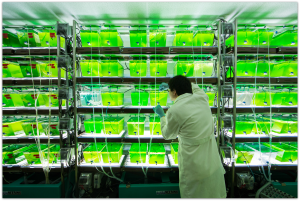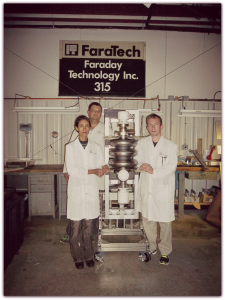Research into alternative sources of energy, such as solar and wind, are constantly growing and evolving. The science behind photovoltaics is improving constantly and wind turbines are producing more electrical energy than ever before. However, the question still stands of how we store and deliver this electrical energy to the grid. A few ECS members from Harvard University believe their new flow battery could answer that question.
Building off earlier research, the new and improve flow battery could offer a great solution for the reliability issue of energy sources such as wind and solar based on weather patterns. The batteries could store large amounts of electrical energy that can delivered to commercial and residential establishments even when the wind isn’t blowing or the sun isn’t shining.







